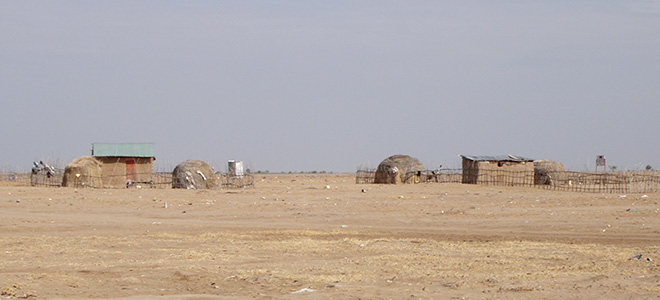
An Outgrowth of CSTPR’s Red Cross Red Crescent Climate Centre (RCRCCC) internship program. Amy Quandt was a 2013 RCRCCC intern in Isiolo, Kenya.
World Developement
Volume 107, July 2018, Pages 253–263
by Amy Quandt
Abstact: The concept of resilience, and livelihood resilience more specifically, is growing in prominence with international development and humanitarian organizations that aim to measure and build resilience to specific disturbances such as floods or droughts. However, measuring livelihood resilience is a difficult task, and practical methods to measure livelihood resilience, as well as analyze and visualize the data are needed. In this paper, I introduce the Household Livelihood Resilience Approach (HLRA), which draws from the sustainable livelihoods approach and it’s five capital assets to measure resilience. However, unlike other approaches that use the five capital assets such as utilized by Zurich Insurance Group, Ltd and the IFRC, the HLRA goes farther to help visualize the results and identify specific actions to build resilience. This paper illustrates the effectiveness of the HLRA through an empirical case study where this approach was used to measure livelihood resilience in Isiolo County, Kenya, and the effectiveness of agroforestry in building livelihood resilience for agricultural households. Drawing from this case study, I suggest five ways that the HLRA improves upon previous frameworks, including 1) providing practical methods and tools, not just a theoretical framework, 2) integrating ‘subjective’ measures of livelihood resilience, 3) focusing on the household-scale instead of community-scale or larger, 4) providing methods to analyze, visualize, and interpret results of livelihood resilience measures, and 5) highlighting the importance of human agency, power, and access to assets. The HLRA has the potential to help organizations identify specific interventions that could help build livelihood resilience for the most vulnerable groups of people within a community. Read more …

